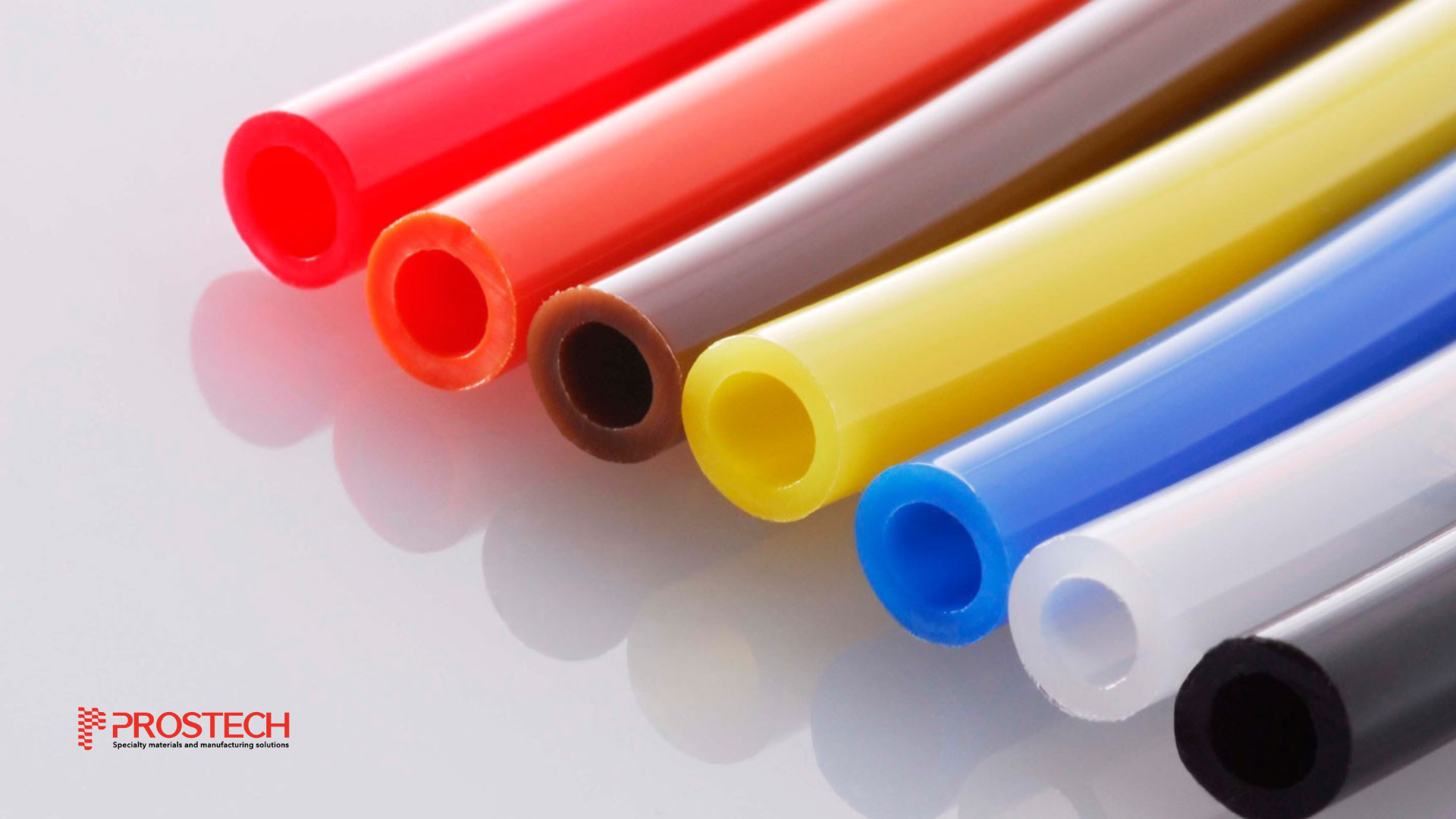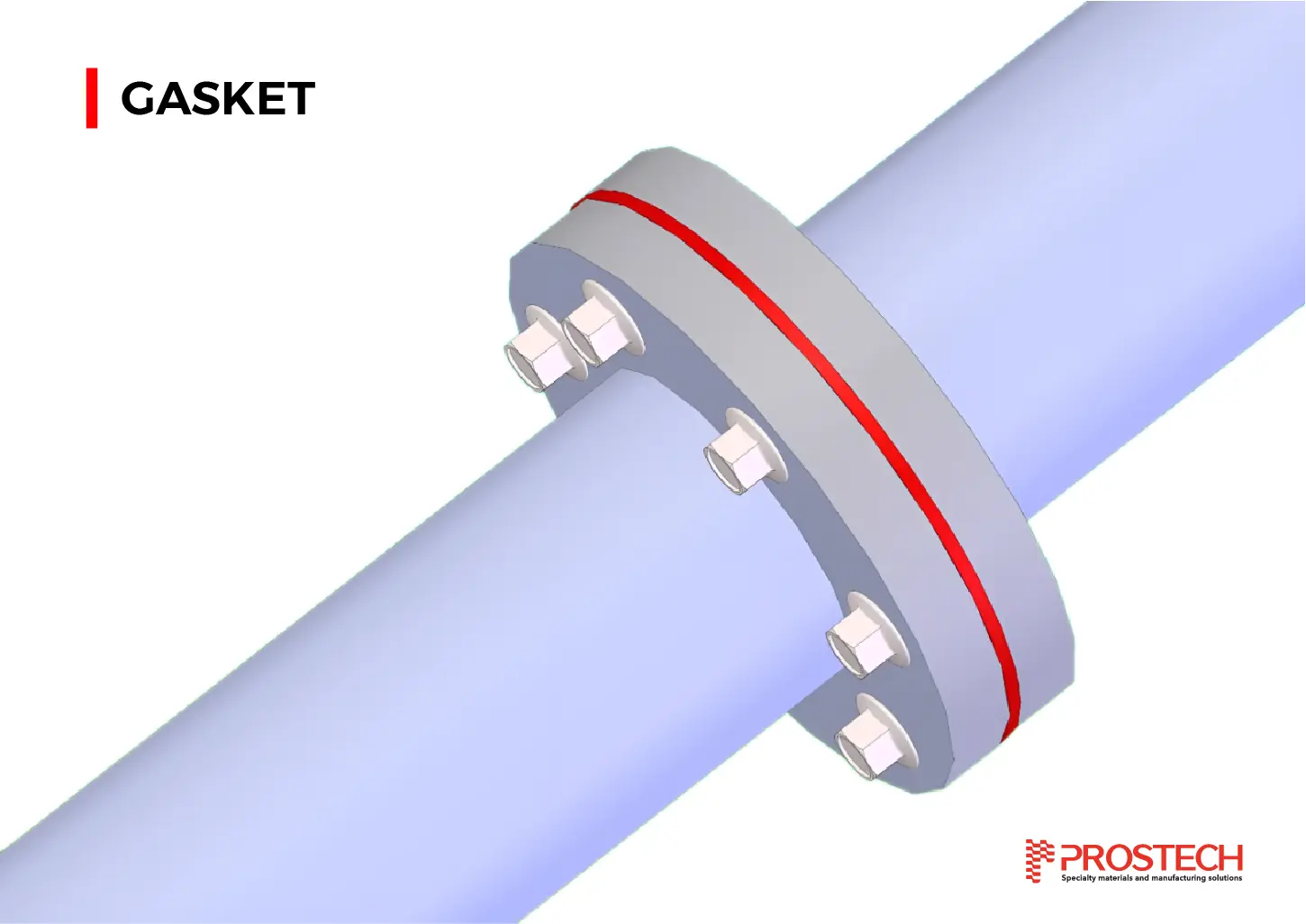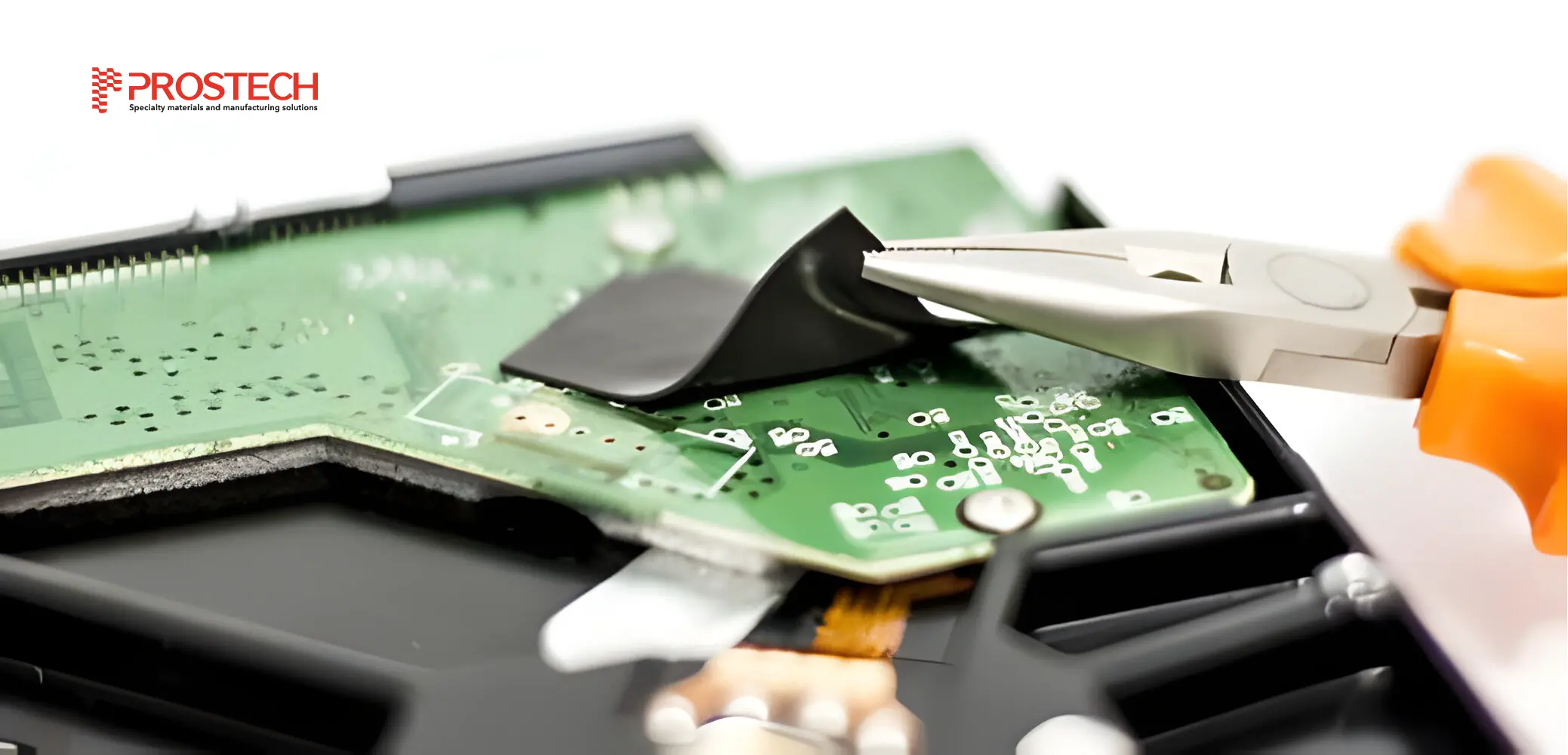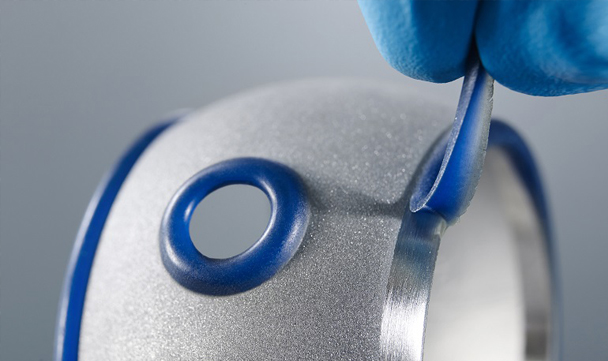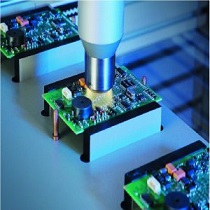SOLDER PASTE AND SURFACE MOUNT TECHNOLOGY

SOLDER PASTE – WHAT DOES IT MEAN?
Solder Paste (or Solder Cream) is a material used in the manufacture of Printed Circuit Board (PCB) to connect surface mount components to pads on the board. It is also possible to solder through-hole pin in paste components by printing solder paste in/over holes. The paste initially adheres components in place by being sticky, it is then heated (along with the rest of the board) melting the paste and forming a mechanical bond as well as an electrical connection. The paste is applied to the board by jet printing, stencil printing or syringe and then the components are put in place by a pick-and-place machine or by hand.
Solder paste is a mixture of minute solder spheres held within a specialized form of solder flux. As the name indicates it has the texture of a paste, and hence the name.
The fact that it is a paste means that it can be easily applied to the board during PCB assembly.
The solder particles are a mixture of solder. Traditionally this used to be tin and lead, but with the legislation has been introduced around the world, to only use lead-free solders. These may be made from a variety of mixtures. One is 99.7% tin and 0.3% copper, whereas there are other mixtures that include other metals including tin.
APPLICATION
A majority of the defects in the circuit-board assembly are caused due to issues in the solder-paste printing process or due to defects in the solder paste. There are many different types of defects possible, i.e. too much solder, or the solder melts and connects too many wires (bridging), resulting in a short circuit. Insufficient amounts of paste result in incomplete circuits. Head-in-pillow defects, or incomplete coalescence of ball grid array (BGA) sphere and solder paste deposit, is a failure mode that has seen increased frequency since the transition to lead-free soldering. Often missed during the inspection, a head-in-pillow (HIP) defect appears like a head resting on a pillow with a visible separation in the solder joint at the interface of the BGA sphere and reflowed paste deposit. An electronics manufacturer needs experience with the printing process, specifically the paste characteristics, to avoid costly re-work on the assemblies. The paste’s physical characteristics, like viscosity and flux levels, need to be monitored periodically by performing in-house tests.
CLASSIFICATION
There are various grades of solder paste and the required type can be selected to fit in with the PCB assembly process used. The solder paste is graded according to the size of the small solder balls. As they cannot be exactly graded, the different types have a band of solder ball sizes between which 80% of the minute solder balls fall.
|
IPC TYPE DESIGNATION |
PARTICLE SIZE (ΜM) * |
|
Type 1 |
75 – 150 |
|
Type 2 |
45 – 75 |
|
Type 3 |
25 – 45 |
|
Type 4 |
20 – 38 |
|
Type 5 |
10 – 25 |
|
Type 6 |
5 – 15 |
|
Type 7 |
2 – 11 |
|
Type 8 |
2 – 8 |
Otherwise, Solder paste can also be categorized according to the type of flux used:
- Rosin based solder pastes: Rosin based pastes are made of rosin, a natural extract from pine trees. These fluxes can be cleaned if required after the soldering process using a solvent (potentially including chlorofluorocarbons).
- Water-soluble flux-based solder pastes: Water-soluble fluxes are made up of organic materials and glycol bases. There is a wide variety of cleaning agents for these fluxes.
- No clean solder paste: A no-clean flux is made with resins and various levels of solid residues. No-clean pastes save not only cleaning costs but also capital expenditures and floor space. Although the no-clean flux-based solder pastes sound attractive, they need a very clean assembly environment and may need an inert reflow environment.
For more information about the products used in the soldering process, including solder paste, solder bar or solder materials lead-free, feel free to contact us:





